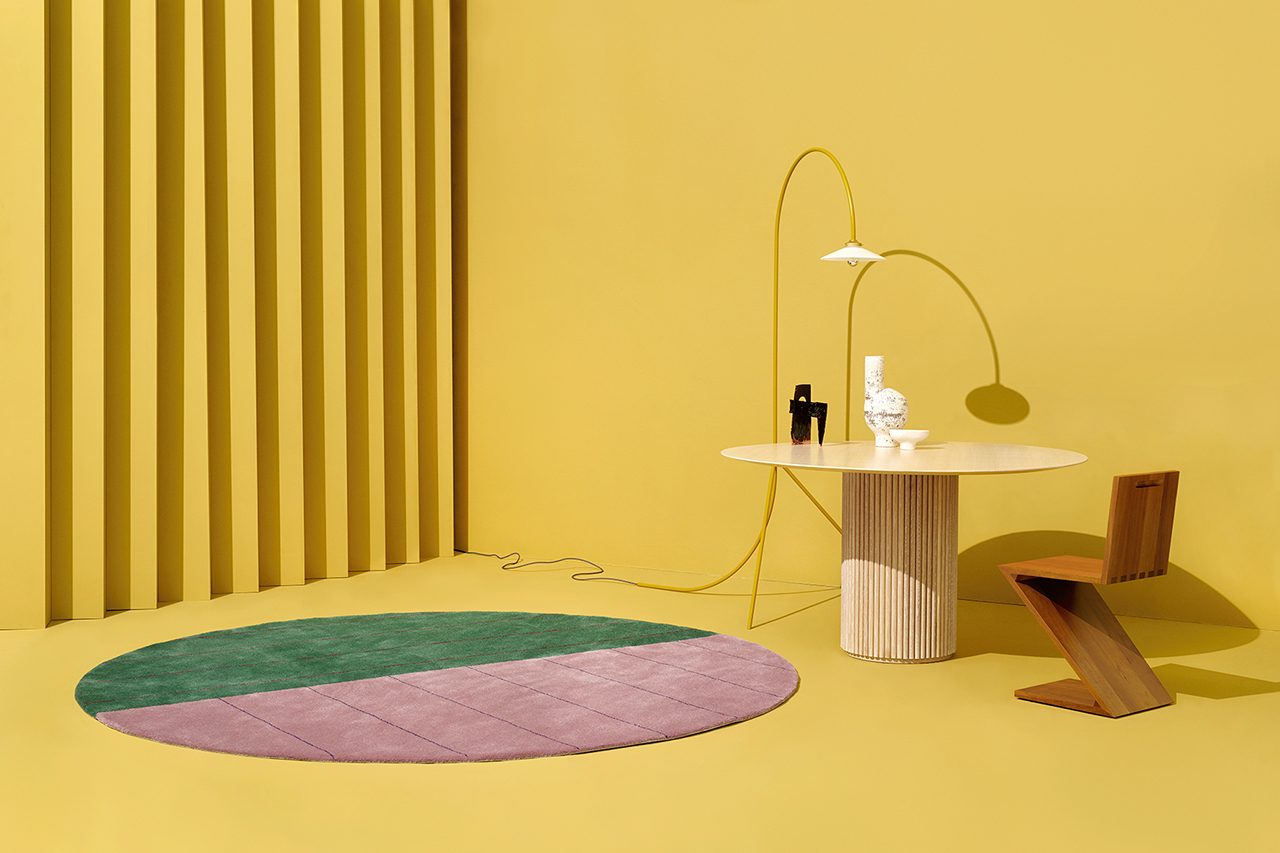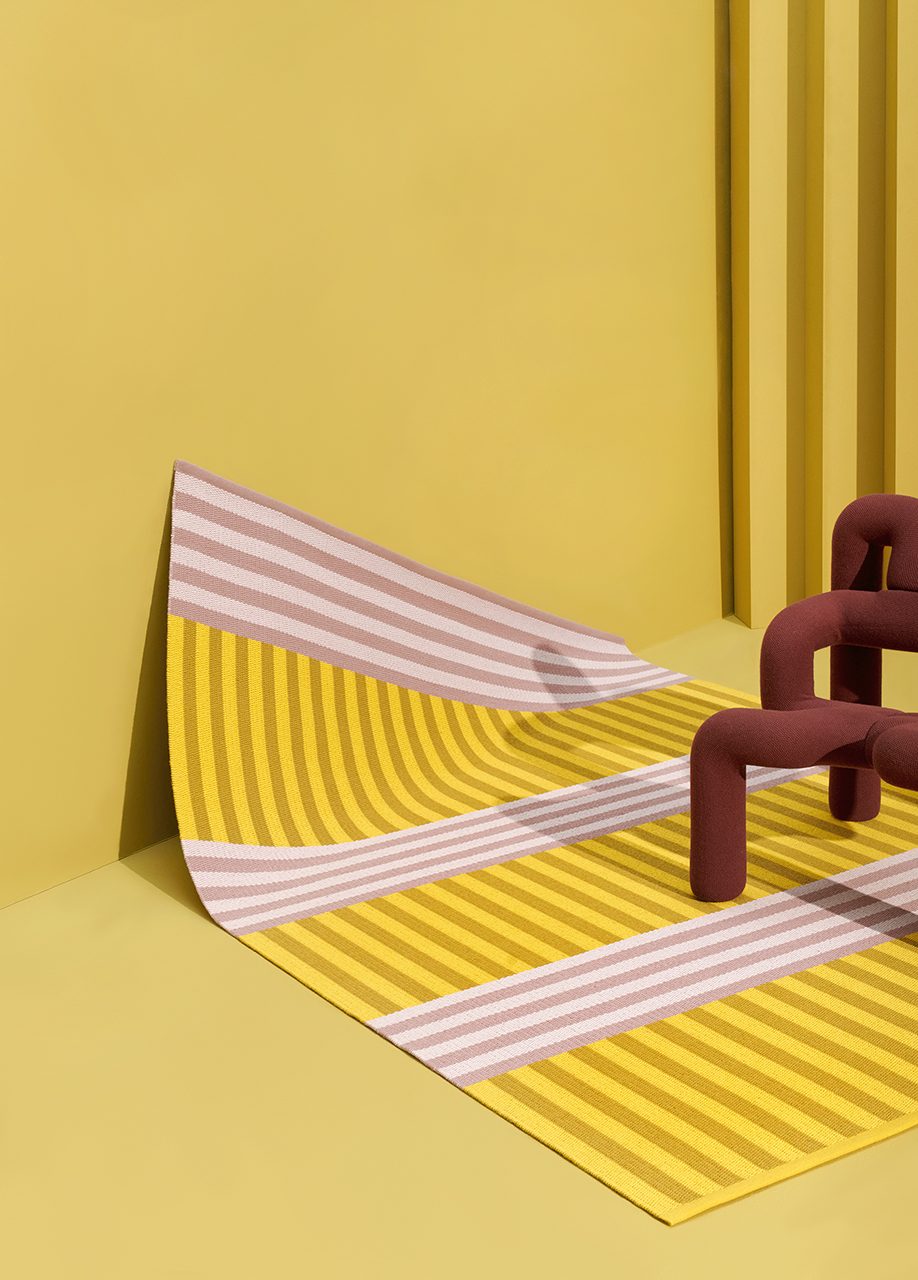Celebrated online publication and exhibition incubator Sight Unseen debuts its first foray into product design. Launched at the Official Swedish Residence in New York last week, the new rug collection represents an important step for both the multifaceted platform and it’s collaborator Swedish heritage brand Kasthall. Established in 1889, the boutique company maintains a craft-led, sized-to-measure approach to manufacturing. Though it sells across the globe, the brand produces all of its handwoven and hand-tufted carpets in a dedicated factory located in Western Sweden. Working with three rug templates—produced with different materials and techniques—Kasthall has reintroduced its online Rug Designer tool; an integrated program that lets professionals, like Sight Unseen, but also consumers test out their own compositions.


Helmed by Monica Khemsurov and Jill Singer, New York-based Sight Unseen has played an important role is putting American design on the international map in the past decade but it has also established a bold, colorful, and geometric aesthetic that continues to drive the product and interior industries. This project reflects this look and at the same time, translates what the duo interprets as a Scandinavian color palette. However, Khemsurov and Singer carefully selected pinks, yellows, and greens rather than the expected greys and earth tones.

“We’re trained as journalists. This is the first time we’ve actually tried our hands at design,” Khemsurov explains. “However, we know that as artists and designers, a blank canvas can seem daunting. The online program lets you experiment before understanding what direction you want to go in. We didn’t have a specific point of reference going into the design phase, but we realized as we were playing around with the tool that we were subconsciously inspired by the trompe l’oeil geometric patterns you often see on building facades in Milan.”
